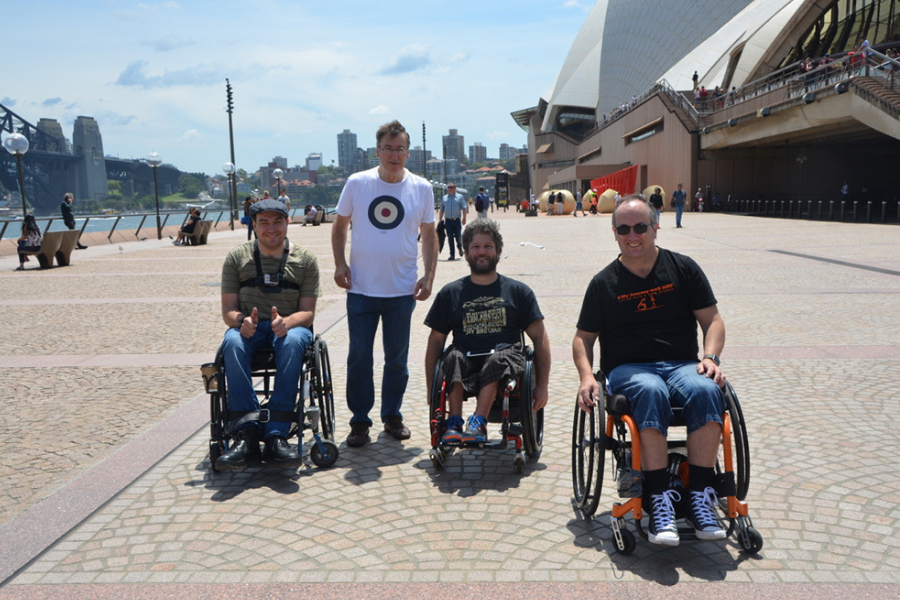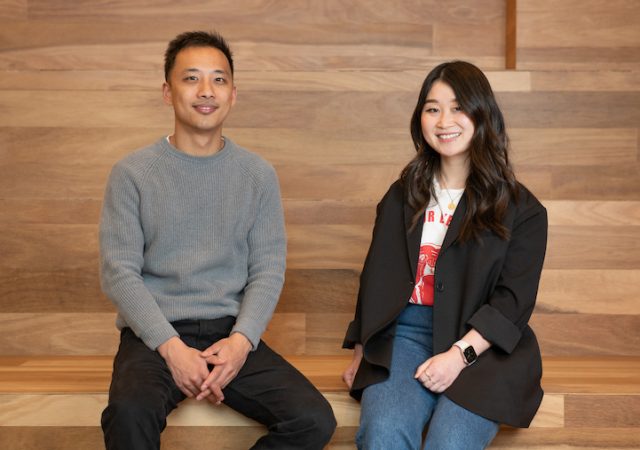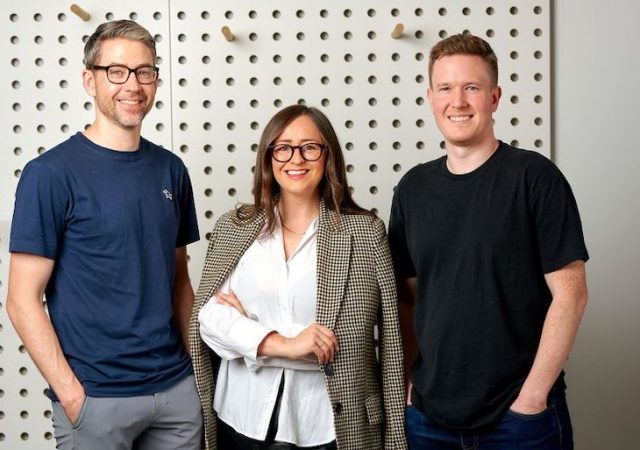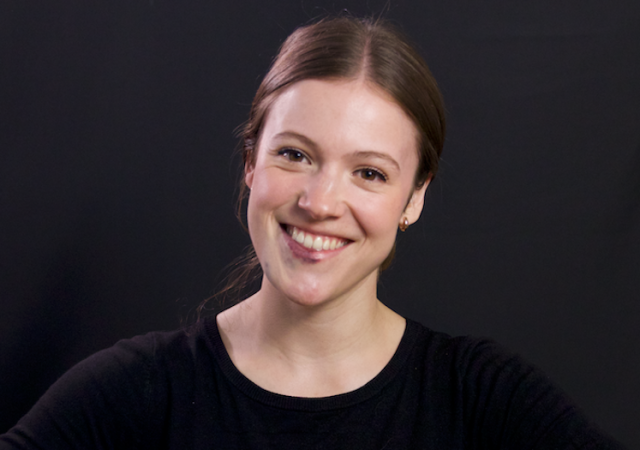It is two years until the 2020 Tokyo Paralympics and with it fast approaching into vision, it has never been a more vital time for the advancement of wheelchair technologies.
Driving this is Sydney-based startup Briometrix, winner of the 2018 Australian Game Changers, who are developing technologies that addresses a total population of one per cent of people who use a wheelchair.
By fundamentally measuring impedance, propulsion and effort Briometrix aims to solve problems facing different wheelchair users and their circumstances.
Backed by a philosophy to develop a broad solution for the market they have a product stack that covers fitness apps, wearables and mapping. With that, they are providing solutions for rehabilitation, accessible navigation, fitness, recreational and high performance sport.
Just after winning the Game Changers we spoke to Briometrix cofounders Natalie Verdon and Eckhard Kemmerer.
How close is your products moving from the beta phase to market launch?
Eckhard: It depends on the arrival of funding but once we get it we have about six months to get to market.
We’ve been working with an array of people from various wheelchair sports groups such as road racers, athletics, rugby and basketball and individual users. Everybody who has reviewed the product is excited by it and it’s given us a lot of confidence to keep pushing on. The other area we’re working on is mobility mapping and that’s gaining more customers every day.
What drives the company to want to solve this challenge?
Eckhard: Some of the most exciting problems to solve arise when the existing technology stops working. We have found that many of the technologies that have been adapted for people who use wheelchairs are not up to the job, so the need is really great.
Natalie: What motivated me was how much technology was available to able bods yet there was a myth out there that this market was too small. When you get down to it this was a difficult but solvable problem so I was quite interested in addressing the gap that wasn’t met.
Take me through the difficulties of pilot testing, especially mapping out so much cityscape that a car can easily capture?
Natalie: When we take on an accessibility mapping project we employ local people who use wheelchairs to suggest the routes and destinations. We attach our technology onto their wheelchairs and they actually travel the routes to collect the data for our accessibility maps.
Eckhard: The challenge for us is to deliver a complex solution to a small market with many sub-groups of injury types and medical conditions. You need to really know what you mean by ‘accessible.’ One person can make it with ease, another can be blocked by a small road repair that makes a kerb ramp too sharp.
Natalie: Just like for road users, we can see our technology informing people who use wheelchairs that their normal route is blocked and suggest alternate routes. People will be using our technology their own reasons, for fitness, or to monitor daily activity, but the sharing of data will inform the whole community.
What an immense challenge trying to make sense out of the variety of users and data.
Natalie: When you look at the power of a user with say weakness in one arm, compared to the power of a fit athlete with a low spinal cord injury, it changes how they manage their propulsion. On top of that we consider the wheelchair itself, we can compare the performance of different chairs under the same conditions. The pilot users are finding it really fascinating because for the first time ever someone is giving them measurements that matter.
What’s the most exciting potential in your product roadmap, is it high performance or everyday use?
Eckhard: Our market is a classic example where high performance sports technology can be applied to the whole community to make a difference in everyday use.
What could be done with the results of the data, especially at a high performance level, what potential uses could there be?
Eckhard: We have been approached to use it in classification of wheelchair athletes, to improve the performance of wheelchair track events and to enhance the broadcasting of wheelchair sports with data for more exciting and informative broadcasts.
A number of sports tech businesses have found they have an interesting broadcast content play in their hands.
Natalie: I think it was by accident that during the 10 kilometre ‘Race Around The Rocks’ we happened to be sitting right near the commentators and thought that with different athletes involved and data made available it could be so much more engaging. But they don’t have the data in front of them to help everyone else get to know the game.
What are some other ways your business and the tech developed can ensure you’re agile to other needs?
Natalie: Rehabilitation. Rehab can get really boring but if we had people doing their rehab, practicing, looking and comparing their strokes to the strokes of a top Paralympian then it creates interest. It connects the two worlds and they’re people that they can relate to. It’s an area we want to get into.
Have you had those conversations with clinicians in the medical, physical therapy fields?
Natalie: All of our research came from working with top clinicians at the Prince of Wales Hospital, Royal Ryde Hospital and leading occupational therapists. The clinicians love the data that they will receive and the fact that they can get comparative data for people with a similar condition from the community database.
Eckhard: The biggest thing in rehabilitation is that people are leaving hospital much earlier these days than they used to. What the physio’s say, ‘if they were really doing the exercises they would be a lot fitter than they are!’ This device will self-motivate people and give them information to share with their clinicians. Our technology allows clinicians to see their clients in real life, how much they are moving and how much they are engaging in life.
Now that you have you won the Game Changers in Australia, what is the next 12 months looking like? What’s on the roadmap?
Eckhard: We’ve developed the algorithms that drive the analysis and already proved that they work and now we’re trying to build it all into a single system with a backend, database, user app and user interface. It’s time to get it into the hands of people who use wheelchairs.
Natalie: Winning the Game Changers has put a spotlight on us. Acceptance by the sporting community will make the product more desirable. That can only be a good thing.
Interview produced in partnership with Vumero Sports & Sports Analytics World Series. It first appeared on Bullpen, a site that focuses on the Australian sports business, sportstech, and the sports startup ecosystem.




















Trending
Daily startup news and insights, delivered to your inbox.